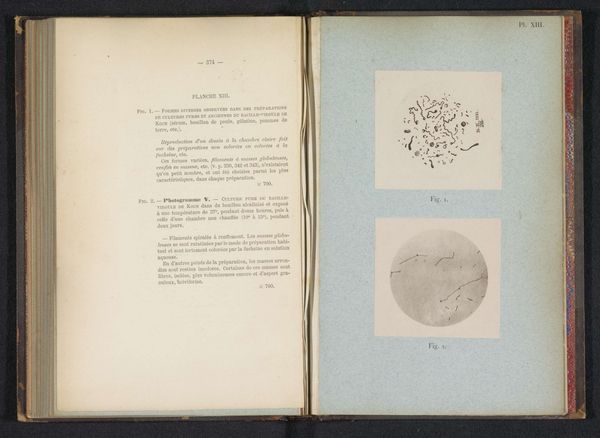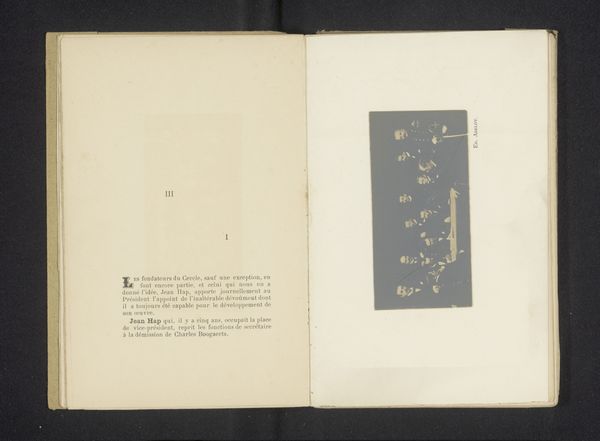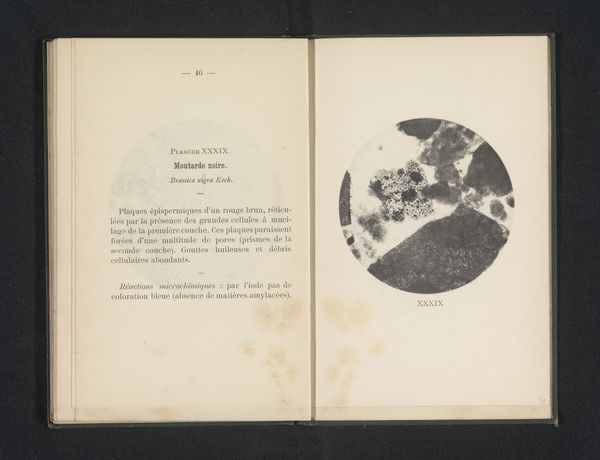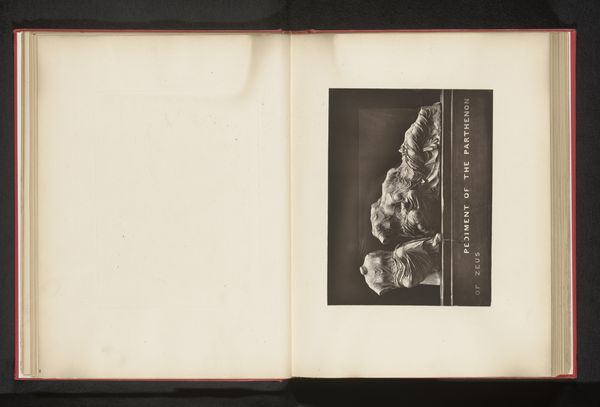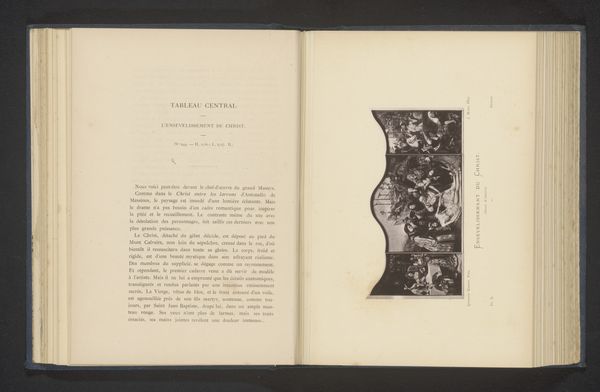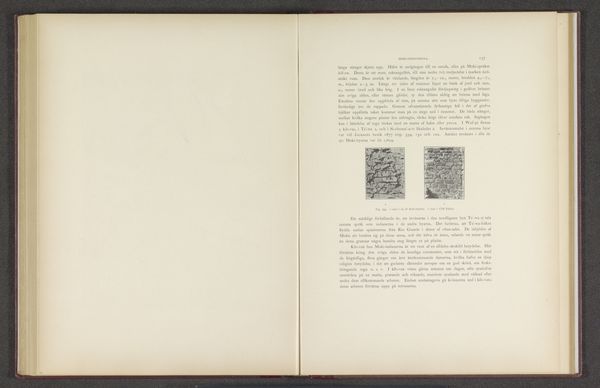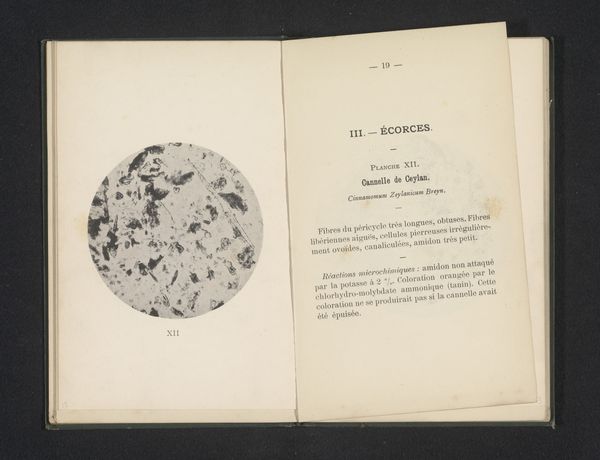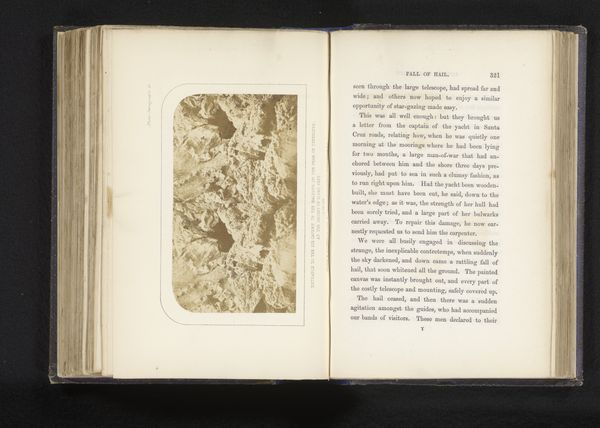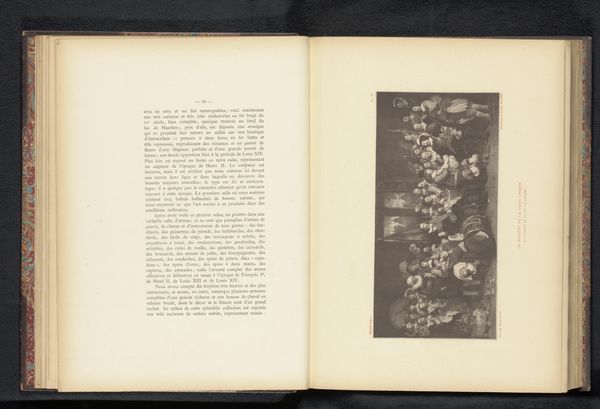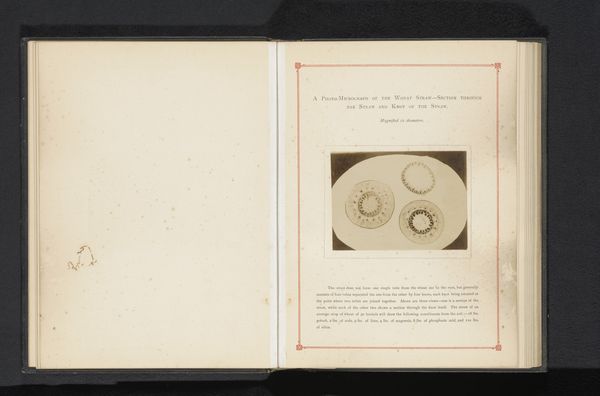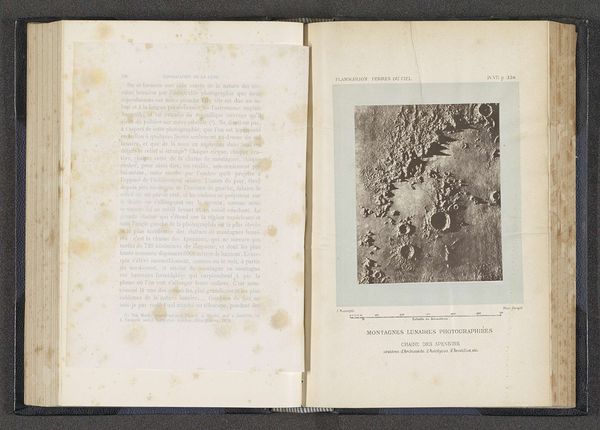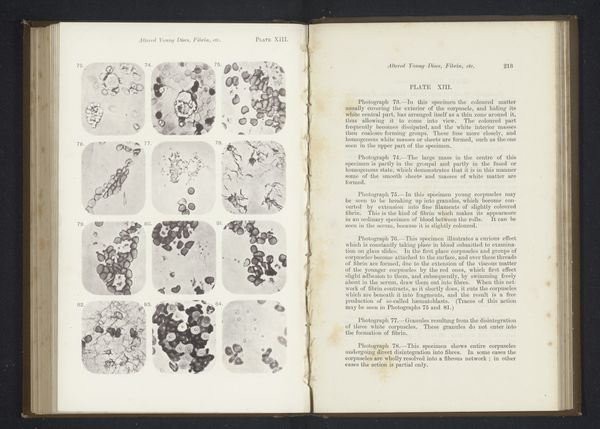
print, paper, photography
#
portrait
# print
#
paper
#
photography
Dimensions: height 82 mm, width 133 mm
Copyright: Rijks Museum: Open Domain
Editor: Here we have a photographic print from 1893, titled "Groepsportret van Jagatjit Singh en staatsambtenaren," or "Group Portrait of Jagatjit Singh and State Officials." It's printed on paper. It gives off such a formal, almost rigid feeling with so many faces neatly stacked. How do you interpret this work? Curator: I see echoes of formalized group portraits that serve less as individual likenesses, and more as affirmations of power structures. Think of Byzantine icons, or even royal portraiture across cultures - the careful arrangement, the repetition of certain symbols…what are these men saying about themselves, and the kingdom they represent? Editor: That’s interesting! I was so focused on the overall composition, I missed those symbolic connections. Is there a particular symbol that stands out to you? Curator: Look at how they are ranked, top to bottom. What does their dress signify? How might this representation reinforce ideas about hierarchy and legacy in the Kingdom? Each carefully chosen garment, facial expression, the very ordering of the photograph itself is dense with meaning. How did Jagatjit Singh use photographs like this to shape an idea about himself, and his state, to others and those within his kingdom? Editor: I hadn't considered the photograph as an active tool in shaping identity. I assumed it was simply documentation. Curator: Precisely! Cultural memory is often carefully constructed, and images like this are foundational. Considering that this photograph comes from a printed page within a bound volume provides even greater insight into circulation of cultural and state ideologies. Editor: I'll never look at group portraits the same way again! Thanks for showing me the deeper layers.
Comments
No comments
Be the first to comment and join the conversation on the ultimate creative platform.
